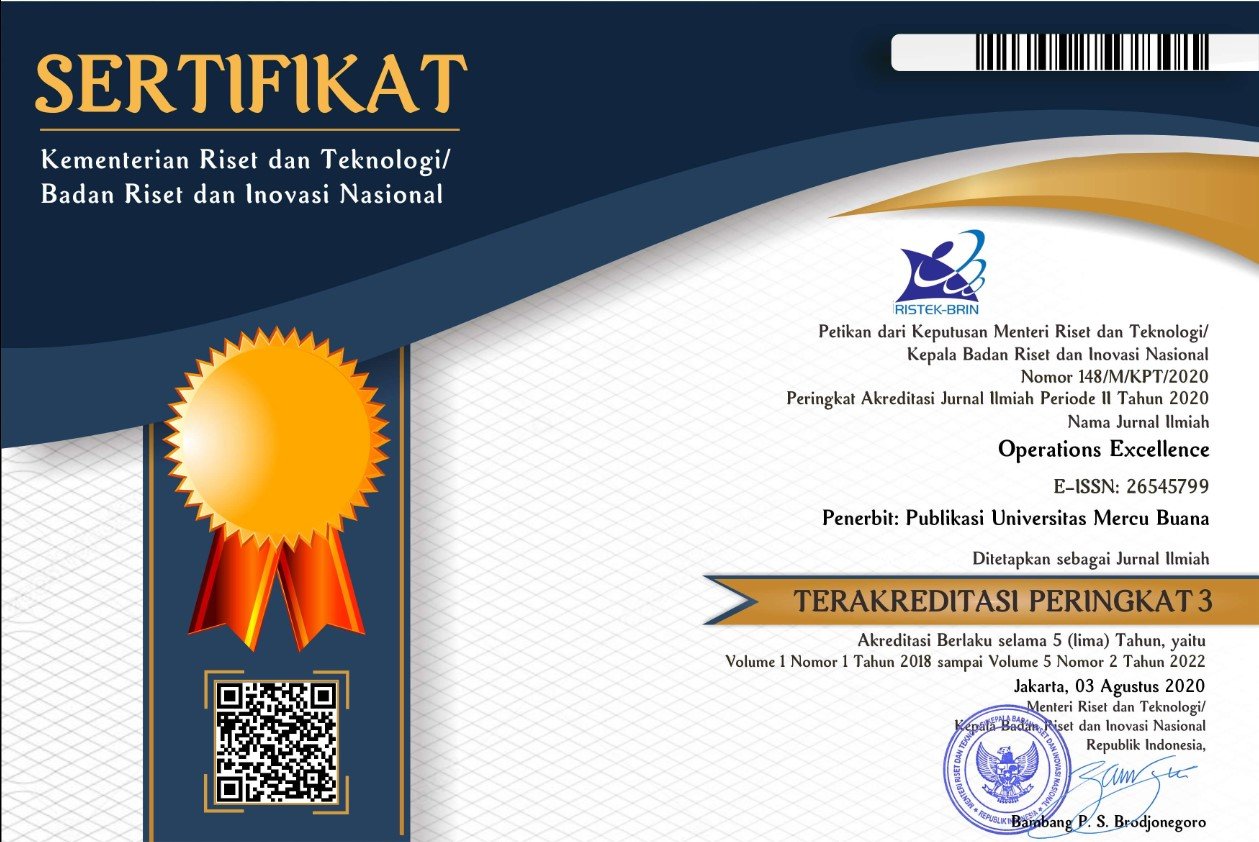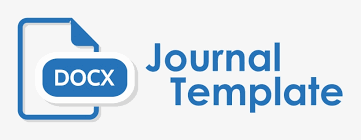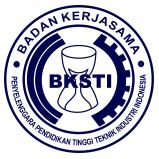Author Guidelines
AUTHOR GUIDELINES
The author should submit only paper that have been carefully proofread and polished. Manuscripts are accept with the understanding that they are original or extended version of previously published paper in conference. Before submission please make sure that your paper is prepared using Operations Excellence Template and style.
TITLE
The title of the article is written concisely, informatively and reflects the content of the research with no more than 16 words (Sentence, left, bold, 14pt)
AUTHORS NAME
Must be complete but without any title, accompanied by author and affiliation address. Corresponding authors must provide and use an e-mail address unique to themselves and not one that is shared with another author registered or department.
ABSTRACT
The abstract should be 150-200 words in length and written in English. An abstract is a self-contained and short synopsis that describes a more significant work. It should be clear, informative, descriptive, and provide a clear statement of the problem or objective, the proposed approach or solution, and point out major findings, and conclusions. The abstract should be written in the past tense. Standard nomenclature should be used and abbreviations should be avoided. No literature should be cited. The abstract should be accompanied by keywords. This guide is written in a standard format for ease of Journal Operations Excellence and guidelines in softcopy format can be directly used as a template for writers (10pt). |
Key word(s)
Should be provided below the abstract to help with the electronic search (3-6 words)
INTRODUCTION
The main text format consists of a flat left-right column on A4 paper (quarto). The margin text from the left, right, and bottom is 2.5cm, and the top is 3 cm. The manuscript is written in Microsoft Word, single space, Arial 10pt, and a maximum of 12 pages, which can be downloaded at the website: https://publikasi.mercubuana.ac.id/index.php/oe/index.
The article's title should be the fewest possible words that accurately describe the content of the paper. Indexing and abstracting services depend on the accuracy of the title, extracting from it keywords useful in cross-referencing and computer searching. An improperly titled paper may never reach the audience for which it was intended, so be specific.
The Introduction should provide a clear background, a clear statement of the problem, the relevant literature on the subject, the proposed approach or solution, and the new value of research which is innovation. It should be understandable to colleagues from a broad range of scientific disciplines. The organization and citation of the bibliography are made in APA style. The text should be divided into sections, each with a separate heading or numbered consecutively. The section/subsection headings should be typed on a separate line. Authors are suggested to present their articles in the section structure: Introduction - Methods - Results and Discussion – Conclusion.
The literature review that has been done author is used in the chapter "Introduction" to explain the difference between the manuscript with other papers, and that it is innovative, it is used in the chapter "Research Method" to describe the steps of research and used in the chapter "Results and Discussion" to support the analysis of the results. If the manuscript was written, with really have high originality, and proposed a new method or algorithm, the additional chapter after the "Introduction" chapter and before the "Research Method" chapter can be added to explain the theory and/or the proposed method/algorithm briefly.
The introduction section of your research paper should include the following: General introduction, Problem definition, Literature review, Gaps in the literature, Problem solution, Study motivation, Objectives, and Significance of your work. The introduction must be written using 600 to 1000 words.
METHODS
In the Methods section, you were explaining research chronologically, including research design, research procedure (in the form of a flowchart, algorithms, or other), and how to collect data acquisition. The description of the course of research should be supported by references so that the explanation can be accepted scientifically.
The methods section that follows the introduction section should provide a clear description of the experimental procedure and the reasons behind specific experimental methods. The methods section should be elaborate enough so that the readers can repeat the experimental procedure and reproduce the results. The scientific rigor of the paper is judged by your materials and methods section, so make sure you elaborate on all the fine details of your experiment. Explain the procedures step-by-step by splitting the main section into multiple sub-sections. Order procedures chronologically with sub-headings. Use past tense to describe what you did since you are reporting on a completed experiment. The methods section should describe how the research question was answered and explain how the results were analyzed. Clearly explain various statistical methods used for significance testing and the reasons behind the choice.
The methods section of your research paper should include the following: Assumptions, Experimental setup, Data collection, Data analysis, and Statistical testing.
Materials and methods must be written using 400 to 600 words.
RESULT AND DISCUSSION
The results and discussion sections are one of the challenging sections in your article. The purpose of the Results section is to present the key results of your research. Results and discussions can either be combined into one section or organized as separate sections depending on the journal's requirements to which you are submitting your research paper. Use subsections and subheadings to improve readability and clarity. Number all tables and figures with descriptive titles. Present your results as figures and tables and point the reader to relevant items while discussing the results. This section should highlight significant or interesting findings along with P values for statistical tests. Be sure to include negative results and highlight the potential limitations of the paper. The reviewers will criticize you if you don’t discuss the shortcomings of your research. This often makes up for a great discussion section, so do not be afraid to highlight them.
Your research paper's results and discussion section should include the following: Findings, Comparison with prior studies, Limitations of your work, Casual arguments, Speculations, and Deductive arguments.
CONCLUSION
The conclusion is somewhat similar to the introduction. You restate your aims and objectives and summarize your main findings and evidence for the reader. You can usually do this in one paragraph with three main key points and one strong take-home message. You should not present any new arguments in your conclusion. You can raise some open questions and set the scene for the next study. It is an excellent place to register your thoughts about possible future work. Try to explain to your readers what more could be done. What do you think are the next steps to take? What other questions warrant further investigation? Remember, the conclusion is the last part of the essay that your reader will see, so spend some time writing the conclusion so that you can end on a high note. The conclusion section of your research paper should include the following: an overall summary and further research.
ACKNOWLEDGEMENT
Please acknowledge anyone who contributed towards the article who does not meet the criteria for authorship including anyone who provided professional writing services or materials. Authors should obtain permission to acknowledge from all those mentioned in the Acknowledgements section.
REFERENCES
The main references are international journals and proceedings. All references should be to the most pertinent and up-to-date sources. References are written in APA style. Each citation should be written in the order of appearance in the text. Please use a consistent format for references. Please double-check: every citation in the text must match up to an entry in the reference list and vice-versa. References must always be given in sufficient detail for the reader to locate the work cited (see below for formats).
Web references
As a minimum, the full URL should be given, and the date when the reference was last accessed. Any further information, if known (DOI, author names, dates, reference to a source publication, etc.), should also be given. Web references can be included in the reference list.
Reference management software
Users of Mendeley Desktop can easily install the reference style for this journal by clicking the following link:
http://csl.mendeley.com/searchByName/?style
When preparing your manuscript, you will then be able to select this style using the Mendeley plug-ins for Microsoft Word or LibreOffice. All publications cited in the text should be presented in a list of references following the text of the manuscript. The number of references ranges from 15 to 25 positions. The manuscript should be carefully checked to ensure that the spelling of author's names and dates are exactly the same in the text as in the reference list.
Mathematics
Use italics for variables, bold for vectors and matrices, script for transforms, and san serif for tensors. Use superscripts and subscripts in superior or inferior positions; do not use raised and lowered fonts.
Tables
Please submit tables as editable text and not as images. Every table must have a title, and all columns must have headings. Column headings must be arranged so that their relation to the data is clear refer to the column below. Footnotes should be indicated by superscript, lowercase letters. Each table must be cited in the text. Tables are placed next to the relevant text in the article. Number tables consecutively in accordance with their appearance in the text and place any table notes below the table body. Be sparing in the use of tables and ensure that the data presented in them do not duplicate results described elsewhere in the article. Please avoid using vertical rules and shading in table cells.
Figures
Please submit figures as editable graphs and not as images. Cite each figure in numerical order in the text. Clearly mark orientation on the figure, if questionable. Ensure that each illustration has a caption. Supply captions separately, not attached to the figure. A caption should comprise a brief title (not on the figure itself) and a description of the illustration. Keep text in the illustrations themselves to a minimum but explain all symbols and abbreviations used. Indicate latitude and longitude on maps. Color figures, foldouts, pocket maps, etc., can be accommodated, but the costs of color for publishing these special features must be borne by the author.
Copyright Notice
The copyright to this article is transferred to Universitas Mercu Buana (UMB) if and when the article is accepted for publication. The undersigned hereby transfers any and all rights in and to the paper including without limitation all copyrights to UMB. The undersigned hereby represents and warrants that the paper is original and that he/she is the author of the paper, except for material that is clearly identified as to its original source, with permission notices from the copyright owners where required. The undersigned represents that he/she has the power and authority to make and execute this assignment.
We declare that:
1. This paper has not been published in the same form elsewhere.
2. It will not be submitted anywhere else for publication prior to acceptance/rejection by this Journal.
3. A copyright permission is obtained for materials published elsewhere and which require this permission for reproduction.
Furthermore, I/We hereby transfer the unlimited rights of publication of the above mentioned paper in whole to UMB. The copyright transfer covers the exclusive right to reproduce and distribute the article, including reprints, translations, photographic reproductions, microform, electronic form (offline, online) or any other reproductions of similar nature.
The corresponding author signs for and accepts responsibility for releasing this material on behalf of any and all co-authors. This agreement is to be signed by at least one of the authors who have obtained the assent of the co-author(s) where applicable. After submission of this agreement signed by the corresponding author, changes of authorship or in the order of the authors listed will not be accepted.
Retained Rights/Terms and Conditions
1. Authors retain all proprietary rights in any process, procedure, or article of manufacture described in the Work.
2. Authors may reproduce or authorize others to reproduce the Work or derivative works for the authors personal use or for company use, provided that the source and the UMB copyright notice are indicated, the copies are not used in any way that implies UMB endorsement of a product or service of any employer, and the copies themselves are not offered for sale.
3. Although authors are permitted to re-use all or portions of the Work in other works, this does not include granting third-party requests for reprinting, republishing, or other types of re-use.
Author Fees
This journal charges the following author fees.
Article Submission: 0.00 (IDR)
Article Submission: 0.00 (IDR)
Fast-Track Review: 1000000.00 (IDR)
Fast-Track Review: 1,000,000.00 (IDR)
With the payment of this fee, the review, editorial decision, and author notification on this manuscript is guaranteed to take place within 4 weeks.
Article Publication: 500000.00 (IDR)
Article Publication: 500,000.00 (IDR) / USD 30
Starting in 2025, this journal charges the following author fees.
The author members consist of at least three countries: free of charge
Article Processing Charge is used to check Similarity (using Turnitin/Ithenticate), improve readability, proofread, and layout editing.
After making the payment, the author must immediately confirm by uploading the payment receipt via this link confirmation form.











.png)
.png)
.png)


